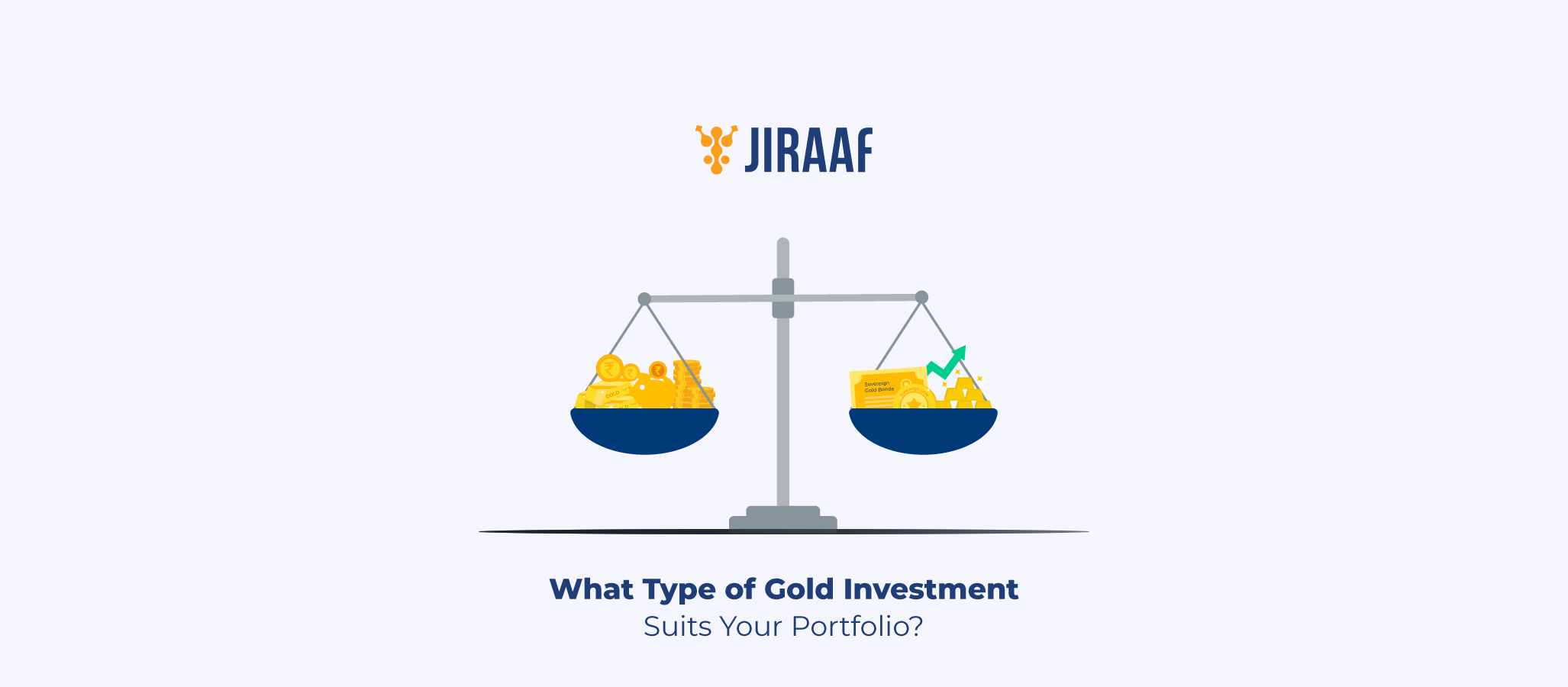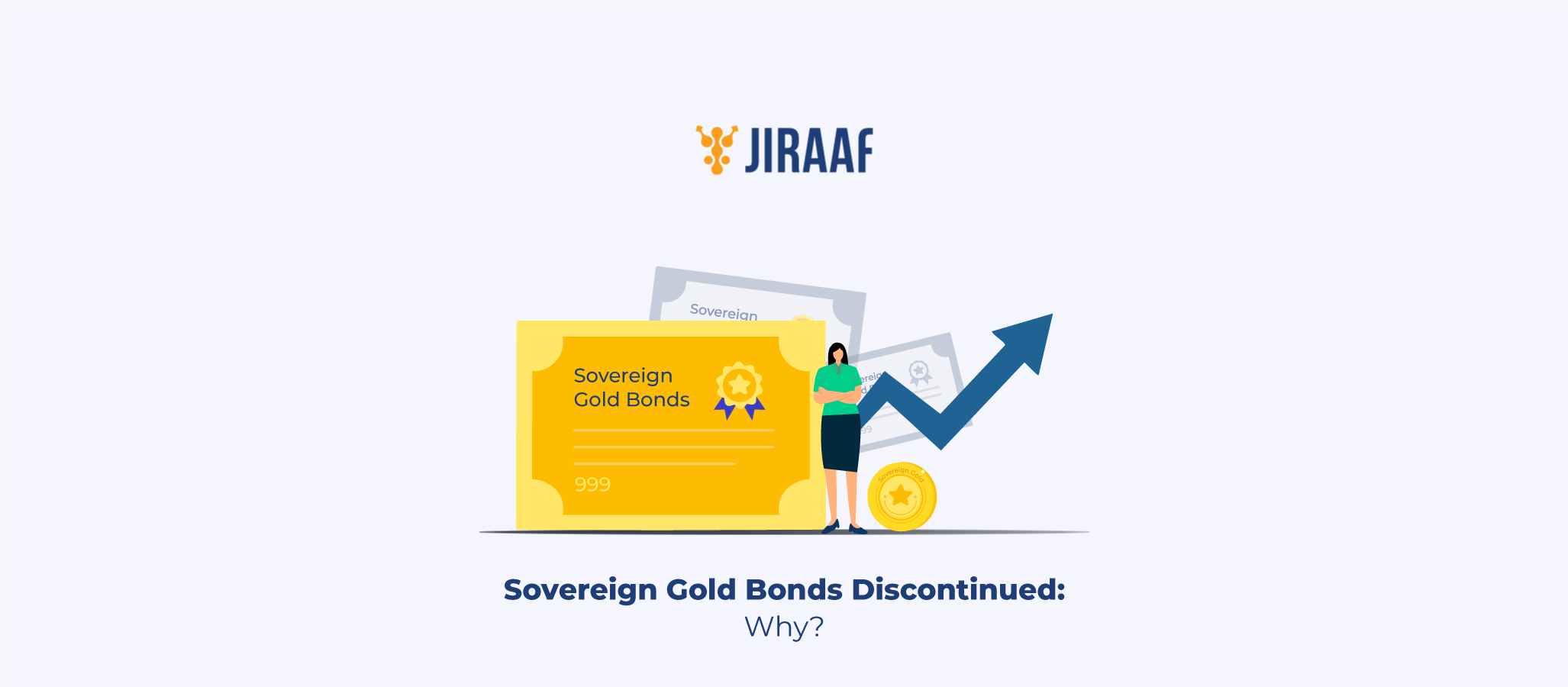Gold is glittering again, and how! In recent weeks, gold prices have been smashing records, with the yellow metal breaching new highs both globally and in India. As of early April 2025, gold prices have soared to record highs, crossing ₹91,000 per 10 grams in India and exceeding $3,000 per ounce in global markets—marking an all-time high. For Indian investors, this isn’t just another headline; it’s a moment of reflection. Gold has always been more than just an investment here—it’s emotional, cultural, and in many ways, generational.
But with prices scaling peaks, the question is no longer just “Should I invest in gold?” It’s “How should I invest in gold?” And more importantly, “Am I too exposed to one form of gold?”
Welcome to the era where diversification within gold is as critical as diversification across assets.
Let’s break down why gold is soaring, why it’s time to think beyond just physical gold, and how you can build a smarter, diversified gold portfolio.
Why Is Gold on the Rise?
The recent surge in gold prices isn’t just a blip; it’s a culmination of various domestic and global forces:
- Geopolitical Tensions: Events like the Russia-Ukraine war and tensions in the Middle East have reignited gold’s status as a global safe-haven asset.
- Inflation and Currency Concerns: In many countries, including India, inflation concerns persist. Gold, historically, has been a hedge against inflation.
- Central Bank Buying: Central banks worldwide have been aggressively buying gold to diversify away from the US dollar.
- Weakening of the Dollar: A softer dollar often translates to stronger gold prices since gold is dollar-denominated.
- Interest Rate Expectations: If interest rates are expected to fall or remain flat, non-yielding assets like gold become more attractive.
In India, the price rally is even more prominent due to the depreciation of the Indian Rupee coupled with high global prices. This has made gold an outperforming asset class in recent quarters, nudging investors to rethink their allocation.
The Case for Diversifying Within Gold
Many Indian investors associate gold with just one thing—Gold coins & jewellery. But there’s a lot more to gold investing than what glitters at weddings.
The risks of staying overexposed to one form of gold include:
- Liquidity concerns (with jewellery and physical gold)
- Purity concerns (with jewellery and physical gold, might result in loss of principal investment)
- Making & storage charges and GST (cutting into returns)
- Emotional attachment (which can hinder timely selling)
- Price inefficiency (especially when buying from traditional outlets)
On the other hand, spreading your gold exposure across various instruments helps you:
- Tap different risk-return profiles
- Gain better liquidity
- Align gold investments with specific goals (short-term vs long-term)
- Reduce overall portfolio risk without sacrificing returns
Diversifying within gold isn’t about buying more gold—it’s about buying gold smartly.
Different Ways to Invest in Gold
Let’s explore the various avenues through which Indian investors can gain exposure to gold, each with its pros, cons, and ideal use cases:
Physical Gold
This is the good old-fashioned way to invest in gold. We’re talking gold coins, bars, and jewelry.
- You can hold it, touch it, and store it somewhere safe—which is a big psychological win for some investors.
- Gold coins like the Indian sovereign coins or coins minted and sold by reputed companies are popular choices.
- The downside? You’ll need secure storage (like a bank locker or a home safe), and physical gold doesn’t generate any income.
- Also, premiums and making charges can eat into your returns, especially with jewelry.
Gold Exchange-Traded Funds (ETFs)
If you want the convenience of investing in gold without having to store it, ETFs are your friend.
- They track the price of gold and are traded on stock exchanges, just like regular shares.
- You can buy or sell them easily during market hours.
- They’re cost-effective and liquid, making them ideal for beginners.
- Just be aware that some ETFs may not be backed by physical gold. Always read the fine print.
Gold Mining Stocks
Here’s where things get a bit more adventurous. Instead of buying gold directly, you invest in companies that mine gold.
- These stocks can offer leveraged returns. If gold prices go up, mining companies often see even bigger gains. They can be a great bet but they’re also more volatile.
- You’re not just betting on gold prices but also on the company’s management, production costs, and geopolitical exposure.
Gold Mutual Funds and Index Funds
If picking individual mining stocks feels overwhelming, gold mutual funds might be your thing.
- These funds invest in a mix of gold-related stocks and assets.
- You get diversification within the gold sector itself.
- Actively managed funds try to beat the market, while index funds aim to mirror it.
- Look for funds with a solid track record and reasonable expense ratios.
Gold Futures and Options
These are for the more experienced, risk-tolerant investors.
- Futures let you speculate on gold prices without owning the actual metal.
- Options give you the right, but not the obligation, to buy or sell gold at a set price in the future.
- Both instruments can offer big gains, but they also carry significant risks.
- Great for short-term plays, not so much for long-term holding unless you really know what you’re doing.
Digital Gold
Thanks to fintech platforms, you can now buy gold digitally in small denominations.
- Various online platforms offer fractional ownership of gold
- It’s easy, fast, and you don’t need to worry about storage
- But do check if the digital gold is backed by actual physical gold held in secure vaults
Sovereign Gold Bonds (SGBs)
If you’re in India, SGBs are a unique, government-backed way to invest in gold.
- Issued by the Reserve Bank of India, these bonds offer the price appreciation of gold plus an annual interest (usually around 2.5%).
- There are no storage worries, and they come with tax benefits if held until maturity.
- The catch? They have a fixed tenure (typically 8 years) and less liquidity compared to ETFs or physical gold.
Note: As of April 2025, the Government of India has not announced any new issuance of SGBs. Investors can only purchase existing SGBs from the secondary market, often at premiums or discounts depending on market dynamics. Additionally, several tranches are undergoing premature redemption this year—suggesting a wind-down or pause in issuance.
Comparison Snapshot: What Type of Gold Investment Fits You?
Here’s a quick and easy comparison of different ways to invest in gold—based on liquidity, risk, returns, taxation, and ideal investor profile:
| Investment Type | Liquidity | Risk Level | Income | Tax Efficiency | Ideal For |
| Physical Gold | Moderate (depends on form, purity) | Low (purity/storage/security risks) | None | 12.5% LTCG (post 2 years, no indexation) | Traditional investors, ceremonial buyers, those who prefer tangible assets |
| Gold ETFs | High (tradable on stock exchanges) | Low (market-linked NAV) | None | 12.5% LTCG (post 2 years, no indexation) | Hands-off investors, portfolio diversifiers, medium-term gold exposure seekers |
| Gold Mutual Funds | Moderate to High (via fund houses) | Low to Moderate (fund manager risk) | Market-linked NAV returns | 12.5% LTCG (post 2 years, no indexation) | SIP-based investors, passive accumulators, goal-based planners |
| Gold Mining Stocks | High (stock market-linked) | High (company + market risk) | Dividends + Capital Gains | Equity taxation (LTCG 10% after 1 year) | Aggressive investors, stock market-savvy individuals seeking alpha |
| Gold Futures/Options | High (but complex instruments) | Very High (leverage + volatility) | High potential (but speculative) | Taxed at slab rates (short-term trading gains) | Experienced traders, short-term speculators—not suited for long-term investment goals |
| Digital Gold | High (via fintech apps/platforms) | Moderate (platform counterparty risk) | None | Same as physical gold taxation | Beginners, small-ticket investors, digital-first users who prefer convenience |
| Sovereign Gold Bonds (Note: No fresh issues announced; only available via secondary market at present) | Low (secondary market only; illiquid) | Very Low (sovereign-backed, capital safe) | 2.5% annual interest + price appreciation | Tax-free on maturity (after 8 years); else 12.5% LTCG | Long-term investors with a fixed horizon |
Not Sure What to Pick? Here’s a Quick Guide:
- Short-term horizon? Gold ETFs and mutual funds are more liquid and efficient.
- Looking for stability? SGBs (if available) offer tax benefits and assured interest.
- Want long-term growth with market exposure? Consider gold mining stocks or SIPs in gold mutual funds.
- Ceremonial or gifting needs? Stick with physical gold—but be mindful of making charges and purity.
- Just starting out? Digital gold can be a simple entry point but use reputed platforms only.
Creating a Diversified Gold Portfolio: Tailored by Risk, Not Just Shine
Once you know that gold is more than just jewellery—and that diversification within gold matters—the next question is: How do you build the right mix for your goals and temperament?
Here’s how you can think about building your gold allocation based on your risk appetite and investment style, using a blend of available instruments:
The Conservative Gold Investor
Steady, safe, and sovereign-backed—that’s the mantra.
| Instrument | Allocation |
| Physical Gold | 30% |
| Sovereign Gold Bonds (SGBs)* | 40% |
| Gold ETFs | 20% |
| Gold Mutual Funds | 10% |
- Prioritises safety and capital preservation over returns
- SGBs add a tax-free interest layer while removing storage hassles
- Physical gold offers emotional comfort and tangible value
- ETFs and mutual funds provide market-linked exposure for balance
Best suited for: Retirees, cautious investors, or those looking to hedge against inflation without volatility shocks
The Balanced Gold Investor
A little tradition, a little innovation.
| Instrument | Allocation |
| Physical Gold | 20% |
| SGBs | 30% |
| Gold ETFs | 25% |
| Gold Mutual Funds | 15% |
| Digital Gold | 5% |
| Gold Mining Stocks | 5% |
- Combines tangibility, income, market exposure, and liquidity
- SGBs anchor the portfolio with long-term stability
- ETFs and MFs add flexibility and convenience
- Small exposures to mining stocks and digital gold introduce growth potential
Best suited for: Investors with medium-term goals who want liquidity, passive returns, and steady diversification
The Aggressive Gold Investor
Go bold, go gold—but know your moves.
| Instrument | Allocation |
| Physical Gold | 10% |
| SGBs | 20% |
| Gold ETFs | 20% |
| Gold Mutual Funds | 20% |
| Gold Mining Stocks | 20% |
| Digital Gold | 5% |
| Derivatives (Futures/Options) | 5% |
- Designed for those who can stomach volatility
- High allocation to gold mining stocks and mutual funds for return potential
- Derivatives bring speculative potential—but require expertise
- Physical gold and SGBs act as stabilizers amid the swings
Best suited for: Seasoned investors, market watchers, and those aiming for higher alpha from their gold exposure
Note: As of April 2025, there are no new SGB issuances by the Government of India. These allocations assume you have SGBs from past tranches or plan to acquire them via the secondary market, which may carry price premiums, liquidity limitations, or varying yields. So always evaluate the availability and pricing before committing a large portion to SGBs.
Conclusion: Think Beyond the Glitter
Gold’s recent rally is a reminder of its enduring appeal—but also of the need for strategic thinking. While traditional forms like jewellery still have their place, relying solely on physical gold may not serve your financial goals optimally.
By diversifying within gold, you align your investments better with your risk appetite, return expectations, and financial goals. Whether it’s ETFs for liquidity, mutual funds for convenience, or SGBs for long-term tax efficiency (if available), each option has a role to play.
But remember: The landscape is shifting. SGBs, once a favourite for long-term investors, are no longer regularly issued, and their availability now depends on the secondary market. This makes it all the more important to assess what’s realistically accessible—and liquid—when planning your gold strategy.
So, instead of asking “Should I buy gold now?” ask yourself: “What kind of gold exposure fits best with where I am in my financial journey?”
Because when you think beyond the glitter, that’s when the real shine begins.
Discover fixed income investments with Jiraaf, a SEBI registered online bonds platform that educates and brings access to a wide array of bonds. Sign up today to explore diversified fixed income investment opportunities to support your goal-based wealth creation journey. Start investing!



